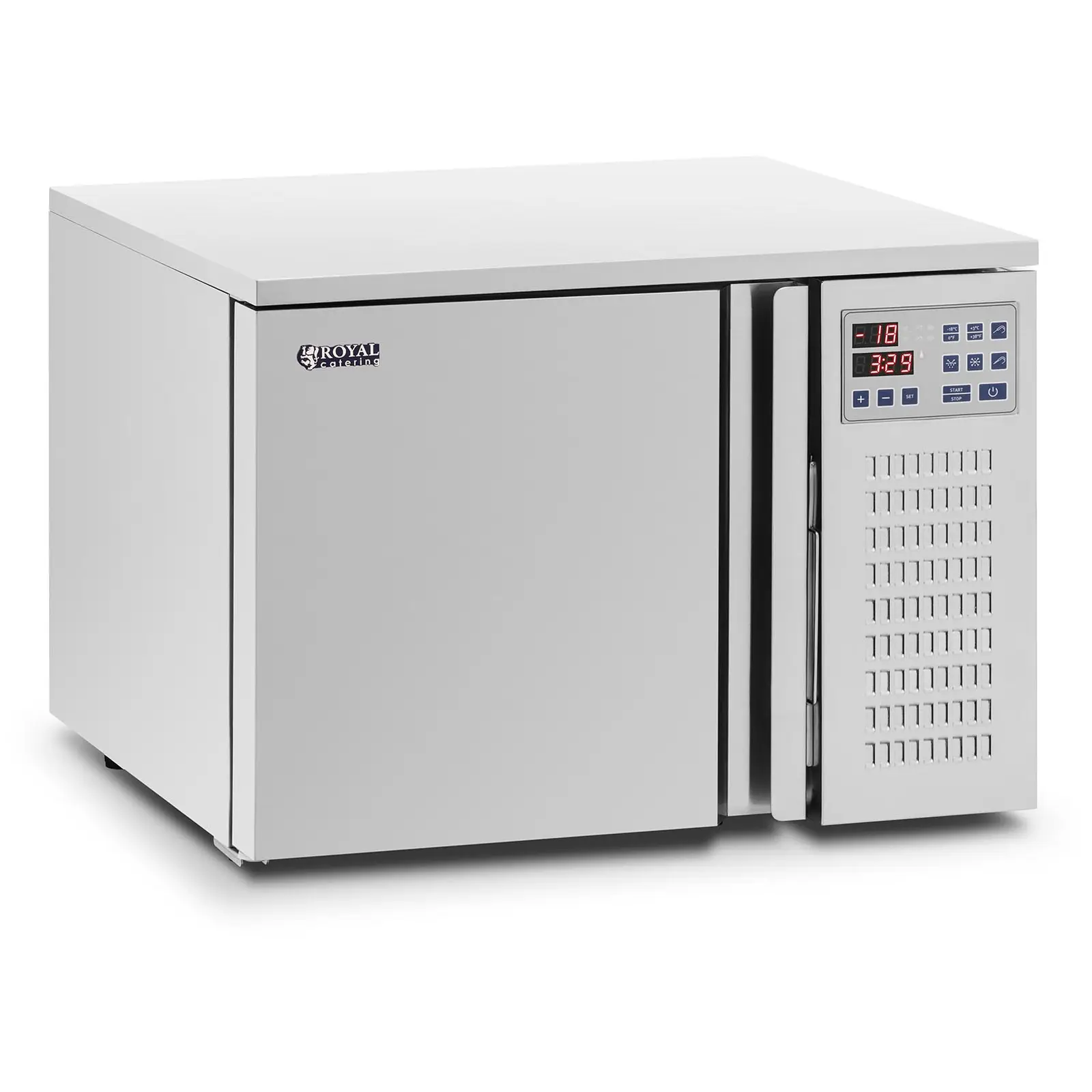Do you love home-made yeast bread or rolls? Or maybe you work in a commercial kitchen and regularly prepare such delicacies? If so, you probably always have some fresh yeast on hand. Are you worried that if you keep it in the fridge for too long it will go off? Find out if you can freeze yeast and how long you can keep it in the freezer.

Do you love home-made yeast bread or rolls? Or maybe you work in a commercial kitchen and regularly prepare such delicacies? If so, you probably always have some fresh yeast on hand. Are you worried that if you keep it in the fridge for too long it will go off? Find out if you can freeze yeast and how long you can keep it in the freezer.
Can yeast be frozen?
Do you run a restaurant and need constant access to fresh yeast? Do you want to make sure you always have fresh yeast at home in case you feel like making some home-made pizza or bread? Find out whether yeast can be frozen and how long it can be stored in a freezer. Let’s start off by having a look at the first question.
You’ll be happy to hear that the answer is a definite YES! Yeast is protected by a multi-layer cellulose wall, letting it retains its properties at very low temperatures. After defrosting, yeast will therefore still be suitable for kneading quick-rising, fluffy dough!
How to freeze yeast – necessary equipment in commercial kitchens
How should you prepare for freezing large amounts of yeast in a restaurant and make sure it will always be suitable for use? You will definitely need a freezer – any type will do.
You should easily find other equipment that is necessary in every commercial kitchen – a knife for cutting the yeast and a kitchen scale for precise portioning. Divide the yeast into separate portions required to prepare a certain amount of pizza dough or to bake bread, which will make your work easier later on. Pack the prepared pieces of yeast in baking paper or food bags and store them in the freezer – remember to set the right temperature!
There is another interesting way to freeze yeast, which is commonly used in bakeries and other places where large amounts of bread and cakes are baked. Before freezing, mix the yeast with flour in a proportion of 100 grammes of yeast per 250 grammes of flour.
You should do this very carefully, so that no small lumps remain in the mixture. Then divide the dry mixture into portions, pack them in plastic bags and store them in the freezer. What are the advantages of this method? Yeast prepared this way does not need to be defrosted – it is immediately ready for use after being taken out of the freezer!
How long can yeast be kept frozen, and how should you defrost it?
Are you wondering how long you can keep the yeast in the freezer and still use it? It should be ok to use for up to half a year – you can freeze meat for just as long, so this period should be easy to remember. In order to remember the date you can mark each bag with information about the contents and date of packing.
How should you defrost yeast? There are a couple of ways to do so. The easiest way is to place a portion in a bowl and wait for it to defrost on its own. Another method is to pour warm milk or water over the yeast – use the same proportions as in the recipe of the dish you are going to prepare.
However, remember not to defrost yeast in the microwave or freeze any of it for a second time, even if you do not use the entire portion. Such yeast will not only be useless, but also dangerous to your health! Therefore, yeast should only be frozen once.
Can you freeze instant yeast?
Everything covered so far concerns fresh yeast – but what about dry yeast? Although instant yeast can also be frozen, there is no need to do so – it’s expiry date is much longer than that of fresh yeast, and if kept in closed packaging you can keep it in a dry and dark place for months. It is sold in small portions, and you will usually use a whole portion at a time, so there is no need to complicate things and freeze dry yeast.
How to freeze fresh yeast – summary
Freezing yeast is not only possible but also recommended – it’s a great way to ensure that you have access to fresh yeast at all times. Therefore, you will always be able to make pizza for dinner for the whole family or prepare fresh, crispy bread for breakfast.
This is even more the case in restaurants – a large supply of yeast in the freezer will help you avoid unpleasant surprises when you receive an order and realize that you have run out of fresh yeast needed to prepare the meal.
The situation is further simplified by the length of time you can freeze yeast – you can safely use the frozen portions for up to six months, and when you run out you can simply prepare more so that you are always prepared for making delicious cakes, crispy bread and everyone’s favourite – pizza!










Share